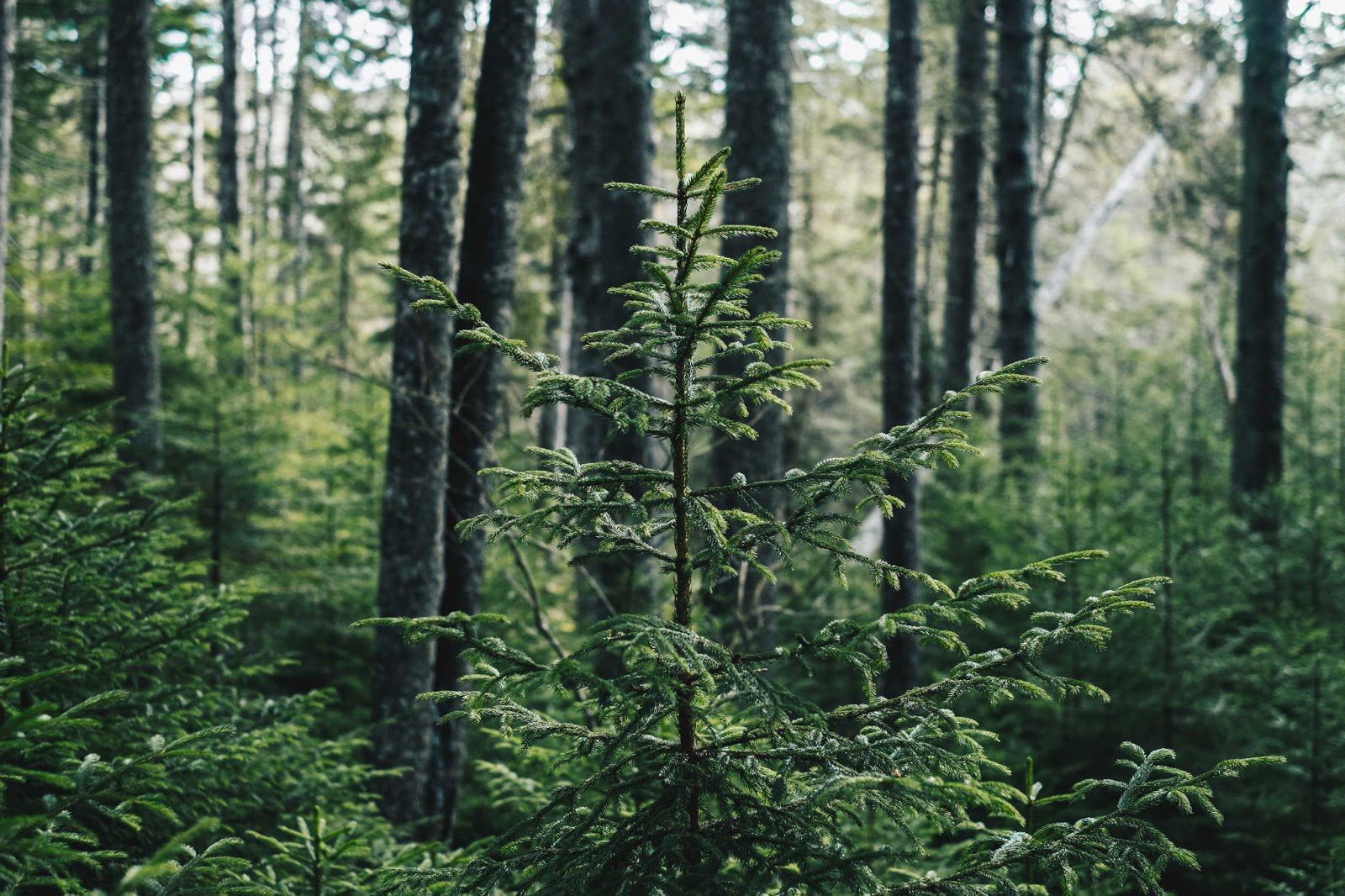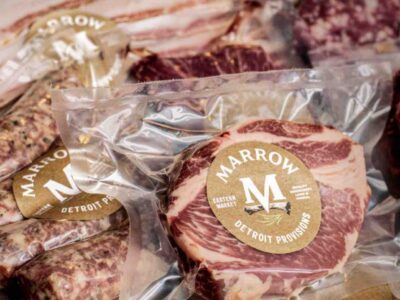You’ve heard of locally sourced food. How about locally grown wood?
In the great state of Maine, nicknamed The Pine Tree State, about 89% of the land is forests, many of which are owned by private landowners. The forests are part of Maine’s heritage and reputation, not to mention significant contributors to the health of the ecosystem and economy. A protected forest protects wildlife habitat, ensures clean drinking water, preserves the beauty of the landscape, and provides open spaces for trails and recreation.
Private forest landowners take their calling seriously, to care for the garden that’s been given to them. They want to preserve and protect their family’s woodlots and retain forests as forests, but there are financial challenges to keeping their property. As the land gets passed down from generation to generation, owners of Maine’s forests sometimes struggle to keep their land. There isn’t enough money from conservationist groups to buy up and preserve all of those forests, either. The only answer that seems available for many landowners is to sell off their land for development, which means fewer forests across the state of Maine.
Local Wood WORKS believes in a better way.
Sustainable Forestry for Maine’s Forest Landowners
In order to preserve more of Maine’s forestland, Local Wood WORKS aimed to find a way to reward private landowners for growing trees instead of converting their woods into commercial or residential development.
Sustainable forestry practices help landowners maintain the woods and wildlife they love while providing a source of revenue that makes it possible for them to keep their land. For decades, the dominant forestry industry in Maine was paper. In response to that industry’s “cut them as fast as we can” approach to forestry, new models of forestry are being developed, and Local Wood WORKS helps promote these methods among landowners.
“We’re intensely interested in promoting good forestry,” Lee Burnett, Project Director at Local Wood WORKS shared. “It’s a very rich area of experimentation and development. There’s a whole model of forestry around promoting bird habitat. Bird habitats can be promoted by carefully managing your woods, if you develop thinning management that creates openings and encourages a complex environment.”
This—among other models of forestry—pairs the passions of forest landowners with methods that help to conserve and enrich the woods. If reducing the carbon footprint is your passion, the field of forestry can accelerate carbon sequestration by how you manage your woods. If encouraging the survival of animal species is important, then maintaining connectivity in the woods through sustainable forestry ensures that animals who are affected by climate change can migrate to more hospitable areas.
“Most people’s initial gut reaction when they see logging is to flinch,” Burnett shared. “It doesn’t look healthy. It looks destructive. Especially if it’s a clear cut. But, there are ways that good forestry can promote things that are good. There are ways that you can do forestry to promote things that you want.”
“Maine’s woods are very diverse: there are softwoods that are good for producing pulp and paper, lumber; there are hardwoods in the south that are more adaptable for flooring and furniture. There’s a big mix of species and products, which lends itself to more sustainable forestry, in that you aren’t growing a monoculture,” said Burnett. More tree diversity means more animal and insect diversity, which means a healthier ecosystem.
“It’s a win-win thing,” Burnett said. “By helping your neighbors who are trying to grow trees you are also doing good for the planet.”
The Trees Hold Stories (and Carbon) in their Woodgrains
But if you want forest landowners to grow more trees, you need more people to buy more local wood.
In the Bible, Solomon partnered with his Lebanese neighbor, Hiram, the King of Tyre, to haul junipers and cedars down to the coast of the Mediterranean Sea. From there, the logs floated as rafts by sea to be used in the construction of the temple in Jerusalem. For comparison, the nation of Israel fits snugly inside the border of Maine, so Solomon was absolutely sourcing locally.
Today, builders, architects, carpenters, and engineers who want to build beautiful buildings and furniture are looking for local materials that carry a unique story in their woodgrains. Local Wood WORKS provides a space for these builders and artisans (like Solomon) to connect with local growers (like Hiram) for the supplies they need. The Maine Wood Guide is a tool for builders to find locally sourced wood that carries the heritage of New England and the beauty and strength of its forests into each and every product.
“We want to make it easier for a builder or architect who wants to source locally to get whatever is on the lumber rack: here are some local sources of wood, some of which are not available in a big box store,” said Burnett. “The best shingles are made from northern white cedar, which are produced in northern Maine and are available in all kinds of thicknesses. Another locally available product you can’t find in a big box lumber yard is are hemlock, which is a strong wood used for timber frames, landscape timbers, and siding.”
Locally sourced wood carries the heritage of a nation in its grains, and builders can literally build upon that legacy. Back before the Revolutionary War, Boston may have had its tax on tea, but Maine had pines. “One of the factors in the revolution was that there was a lot of resentment toward the British king claiming ownership of all the big trees in Maine,” Burnett shared. “He wanted ship masts, and so any pine tree within a distance of the river became the king’s property.”
The pine grown today carries rich symbolism for Maine landowners and builders alike. “White pine is sort of proof you are doing good forestry – you can’t grow big pine trees unless you’re patient,” said Burnett. “There’s no old growth pine trees in Maine – the only big pine trees that are milled are ones that are grown by people who are practicing good forestry. Small landowners that are growing trees the best are growing these big pine trees that we can showcase in our houses. Wide plank pine is the best story of local sourcing. It carries this heritage story, the good forestry story, and the benefit to our climate. The whole life of a pine tree is spent absorbing carbon from the atmosphere.”
There are many other benefits to sourcing locally. Builders can save a lot of money and access a wider selection of materials. On the downside, because you’re working with smaller mills with less inventory in stock, sourcing locally can take more time. These mills often sell products on a custom order basis. However, there are always wait times for materials, and most builders understand how to plan for it.
Together, forest landowners and builders can steward the land and resources they’ve been given to create beautiful works of art and architecture alike, while preserving the cathedrals of our natural world.





 Copyright
2024
Root and Vine
Copyright
2024
Root and Vine